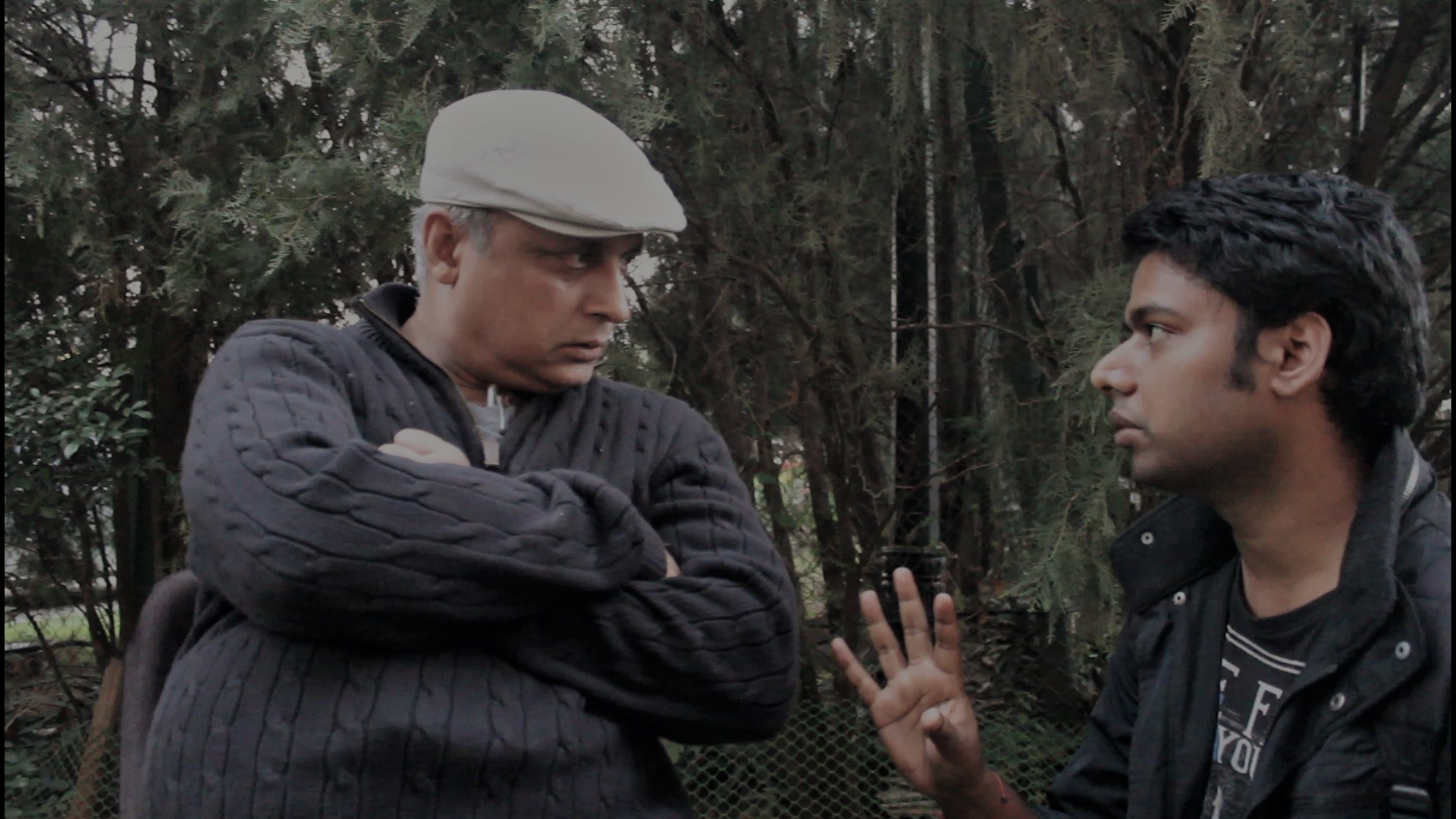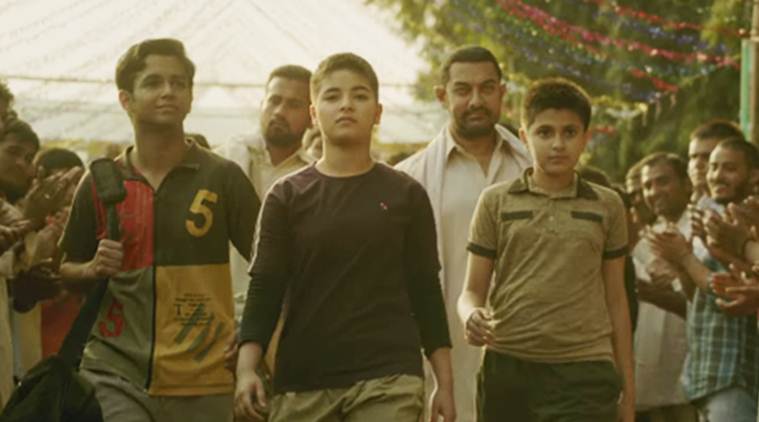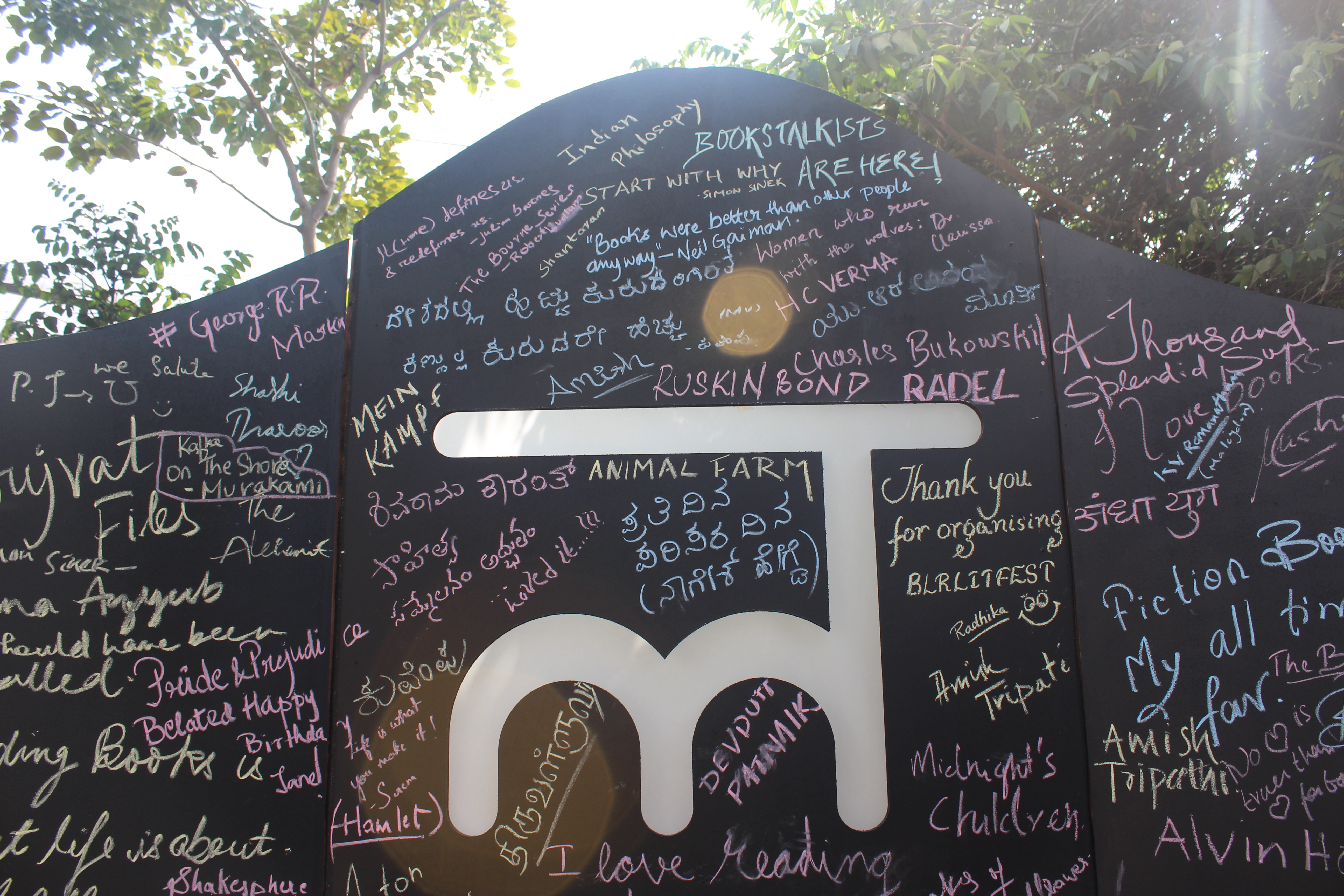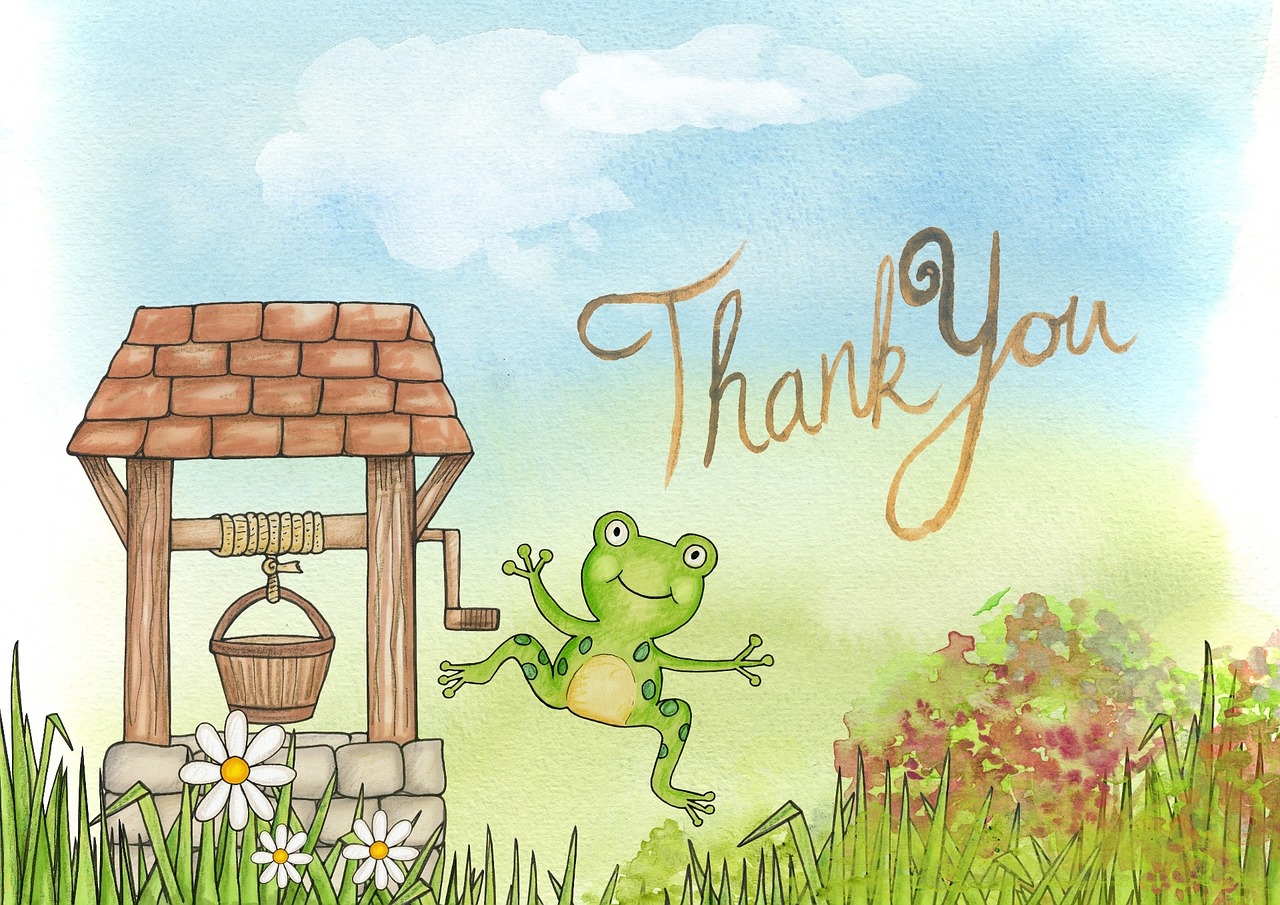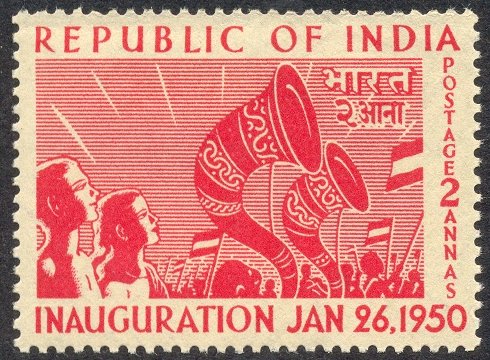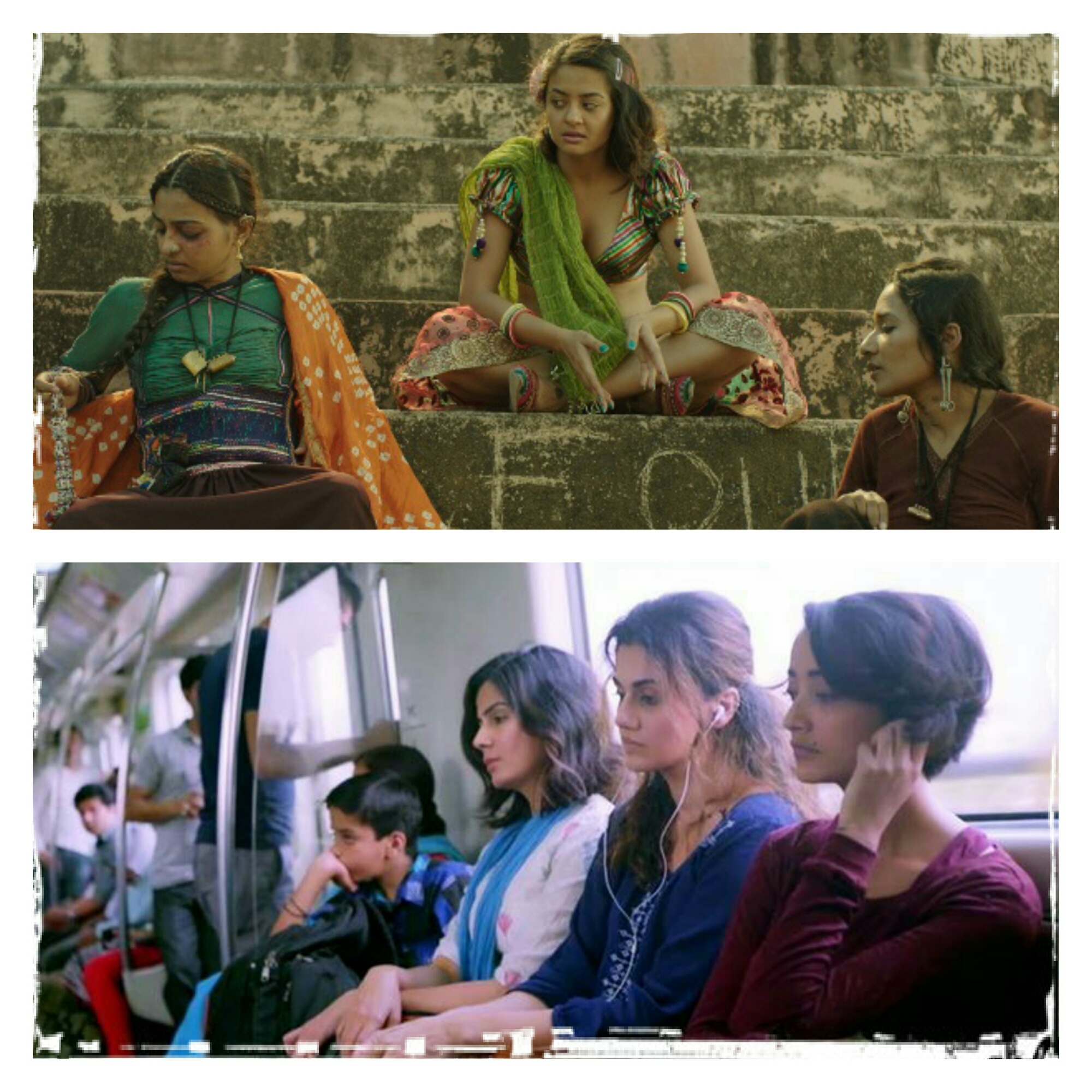The protest for Jallikattu is reaching new heights. It has grown louder in the last few days that even the National media which conveniently ignores the affairs down south has finally taken cognizance. But alas, wrong representatives, frivolous arguments and there has been a lot of misconceptions. This is going to be long read and this is only for those who are ready for a really open-minded discussion. If you are too weak to handle few hard truths, then I must warn that this is not for you.
What is Jallikattu?
A traditional sport of rural Tamil Nadu. This tradition of taming ferocious bulls with one’s bare hands has been there in practice from time immemorial. The evidences are plenty in Tamil Literature. The current version of Jallikattu is named so because the prize for taming the bull is tied to the horns of the bull. However, the earlier versions of bull- taming also called as Eruthazhuvuthal or Manju Virattu was played for different reasons. Sometimes it was just a recreation among the farmers, sometimes it was a display of strength of a warrior and sometimes it was to win a girl’s hand in marriage. Irrespective of the reasons it always had remained a mark of bravery and that should explain why people attach so much pride to the sport. In the modern times, Jallikattu is played during the Pongal festival as mark of respect and festive on the second day on the Pongal which is devoted to cattle.
Who banned Jallikattu?
Supreme Court of India. Although Animal Welfare Board of India filed the case to ban Jallikattu, animal right activists and PETA India have been voicing their concerns over Jallikattu for more than a decade now . They have been very instrumental in establishing the argument in favor of the ban.
But one must note that the Supreme Court did not only ban Jallikattu, it also did ban all such events across the country involving animals. That includes Bullock Cart races in Maharashtra and Kambala in Karnataka.
In the past, both the state government and the Union government did try to permit Jallikattu through special Acts, which were duly struck down by the Supreme Court. It goes without mentioning that both the governments had their own political agenda, but the Supreme Court persisted stating cruelty meted to animals during these events.
The Stance of Jallikattu Supporters
While the Supreme Court has strong reasons to believe that the animals are subject to torture the pro-Jallikattu protesters have a different story to say.
1.“We love our cattle and they are very much our family. There is no harm done to the bulls during Jallikattu“
The first part of the statement is entirely true, but not the second. Farmers do treat their cattle as extended family and they are nurtured with much love and care. However the second part is not entirely true. There are miscreants who do put the animals through enough torture during the training and the Jallikattu event. Bulls are poked with sharp objects, fed alcohol, their tails pulled and a lot more is done to keep the bulls provoked and aggressive enough for the event. But is that reason enough for a ban? In my opinion, NO. The Supreme Court can surely call for more regulations and monitors like it did in 2011. While it is the prerogative of the Supreme Court to call for a ban if it deems necessary, in cases like this which also involves cultural elements and invokes strong sentiments among the masses, it is unfortunate that the Supreme Court did not find it important to have an independent committee to review the entire story before issuing a blanket ban.
2.“This is our tradition and this is our pride”
Yes it is. But there is a certain amount of hypocrisy here. We do have a lot of other traditional sports which aren’t banned and those have very few takers. For instance, Silambam, Kabadi etc. A lot of our fields have become cricket grounds and that is just the beginning of our own hypocrisy. We have evolved in a lot of ways, so has our tradition.. The worst part of this argument is the projection that this is ban was meant to humiliate the entire Tamil race. I wonder what the Supreme Court or the PETA can possibly have against the Tamil tradition. The protesters certainly seem to lack reasoning when it comes to this part because it is not only Jallikattu, it is also Rekhla race, it is also Kambala that are banned. So it isn’t really an attempt to tarnish the Tamil tradition.
3.“There is a bigger conspiracy in play to get rid of indigenous breeds of cattle in India. PETA is playing agent to MNCs who would benefit out of destroying the indigenous breeds”
I have no means to verify this accusation, but it is not too difficult to believe this either. Given our history with MNCs and the way they have exploited us, it is hard to think otherwise. But we did sign up for this when we liberalized our economy. There are independent research organizations who have been instrumental in bringing out this politics and corporate agenda behind the whole story which is one of the most impressive part of the whole struggle. This one I see is the strongest argument in favor of Jallikattu.
The pro- Jallikattu groups also speak about A2 milk being the healthiest and that is advocated as one of the reasons why it is important for us to retain our indigenous breed. Now A1 and A2 are two variants of beta-casein milk protein. In the recent times there has been heightened awareness about A2 milk being healthier while A1 (which actually is the popular variant) is said to cause health issues. However, a little reading into this whole story makes me believe this is another one of those scams where corporations dupe you into believing something for mere business reasons. I say this because there is no established research that has a conclusive answer to the health impacts of the A1 milk and there is more dirt to dig when it comes to the A2 Corporation. Unfortunately, the Jallikattu supporters seem to have given lesser attention to this detail and are blindly sticking to the A2 milk propaganda.
Also going by the argument, Jallikattu only saves the bulls while the cows still get imported from foreign countries. Then this whole idea of healthy indigenous milk goes for a toss since our cows aren’t indigenous. So while I do acknowledge the conspiracy behind it I am not convinced that Jallikattu is the solution to the problem. One must also take into consideration that this issue is not exclusive to Tamil Nadu. Every Indian state is fighting to save its indigenous breed. So what we do need at the moment is a holistic programme to protect all indigenous breeds across the country
4.”Stopping Jallikattu would mean the bulls lose their importance in farming and will find their way to slaughter houses”
This is very valid. These bulls are reared especially for Jallikattu. However how many bulls can Jallikattu save? Is it not true that only the best is retained and the rest are still sent to slaughter houses? What is the life time of a Jallikattu bull? Don’t those bulls too eventually find their way to slaughter houses?
Another part of the argument is that Jallikattu is the traditional way to save these indigenous breeds.I do not deny that native bulls are preferred for Jallikattu thanks to their inherent ferocity. But the truth is Jallikattu is not concerned about indigenous breeds because it has no selection process for the bulls that participate in Jallikattu. All it needs is a ferocious bull. If you find it difficult to believe then you must know that the winner of the 2013 Alanganallur Jallikattu was a mixed breed Jersey Bull.
5.“Farmers lose their livelihood. It is one of the reasons for farmers’ deaths in India”
While cattle is very much a part of farmers’ livelihood, to argue that farmers die if Jallikattu is stopped is way too exaggerated. The reason being these Jallikattu bulls are not really their primary source of income and their contribution to a farmers’ livelihood is meagre. There are indeed other pressing issues that plague our farmers and those need to be addressed first, failing which we might not live to play Jallikattu.
6.“It is unfair to ban Jallikattu while allowing animals to be used in other places like elephants in temples, dogs in police etc. It is unfair to ban Jallikattu while there is no ban on animal slaughter or beef exports”
This is one of the most popular argument but I think this is a wrong argument. Jallikattu probably existed even before mankind realized that elephants can be employed in temples and it surely was prevalent long before the idea of Biryani was conceived. So if Jallikattu must continue to exist then it must do so for the right reasons and not depend on other elements. And if the reasons are right, it must continue even if the slaughter houses are shut down forever and Biryani gets banned from the Indian soil.
What does the Anti- Jallikattu groups have to say?
The pro-Jallikattu group has been receiving strong support from the international Tamil community. However there is also a group of non-supporters in Tamil Nadu. Their strongest reason to not support Jallikattu is that sport has been symbolic of certain castes in Tamil Nadu. Also, the fact that it happens only in few districts and not all over Tamil Nadu makes them object the projection of Jallikattu as a tradition of all Tamilians. While one cannot deny the existence of shades of castes on some of these events that is not entirely true. Most of the Jallikattu events do bear witness to the communal harmony that exists among the various castes living together in the villages. And the objection with respect to it happening only in few districts doesn’t stand because although it happens only in few places, Jallikattu has always remained inseparable from Pongal celebration. Every Tamil family irrespective of whether or not they participate in Jallikattu, do connect with the festive mood behind Jallikattu.
Another of their concerns is that there are more pressing issues to fight for. The cry over Jallikattu has become a distraction and other important issues have been sidelined for the time being. I echo the same concerns. But as the Jallikattu supporters would say we all hope this protest marks the beginning of a much bigger and radical change.
I do have my disagreements with the Pro-Jallikattu movement.
- I strongly disagree with the notion that the ban is an attack on the Tamilians. The same treatment was given to Kambala and Rekhla race. So it is indeed a false propaganda to inflate the ego of the masses in support of the movement. Unfortunately that seem to have worked.
- There has been some serious and subtle seditious propaganda from various sources calling for separation of Tamil Nadu and insulting the Indian integrity . This part of the protest is anything but ugly. And even uglier is to abuse non-supporters and paint them as anti- Tamils.
I believe Jallikattu is only an excuse and the protest is really about a show of strength calling out to the rulers to pay attention and act. This outburst is not about a mere tradition but about a lot of issues where the people of the state have come to believe that they have been wronged by their governments. This protest is a wake-up call for the governments. Despite my difference in the reasoning with the supporters I must admit it is indeed heartening to see the crowd trying to protest peacefully. I am glad our youngsters are getting politically enlightened which is important for a healthy democracy. When was the last time we saw a crowd so self-regulated and not too shy to show their places to celebrities who come to these events with their own personal agenda.
I can’t tell for sure if this will do any good to our farmers or if this will help ban PETA or if this will end the dictatorship of MNCs. But the spirit of this uprising is optimistic. No party or politician has been spared and the political leadership has got a taste of what it is like when people decide to shun them. This issue of Jallikattu ban has been going on for years now and year after year every ruling government had used it for their political advantage. A responsible government should have called for a detailed discussion into the issue and worked an amicable solution without hurting the sentiments of the mass. It has been more than a decade and little has been done to contain the damage. That is why I am glad that this protest is eventually happening. I can live with the shortcomings of the protest as long as it opens the gates of discussion on the bigger issue and the protest continues to proceed as peaceful as it is now.


